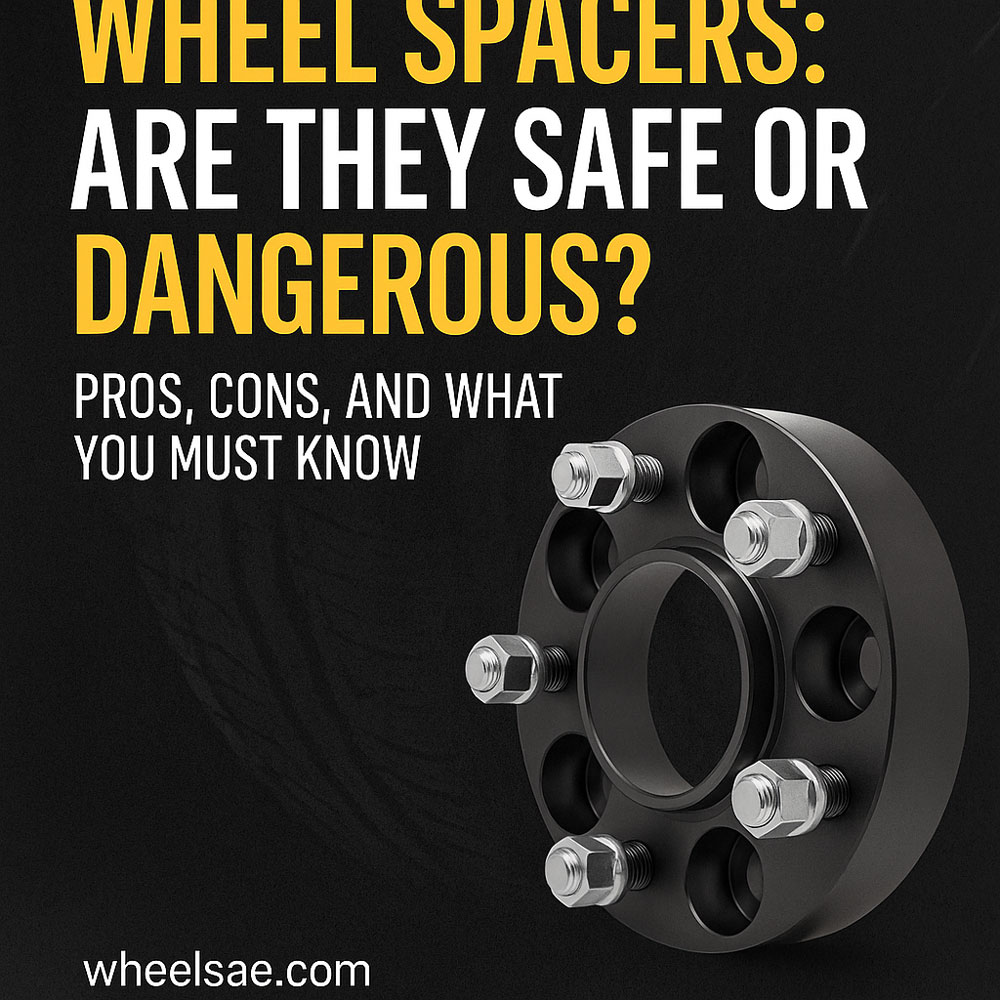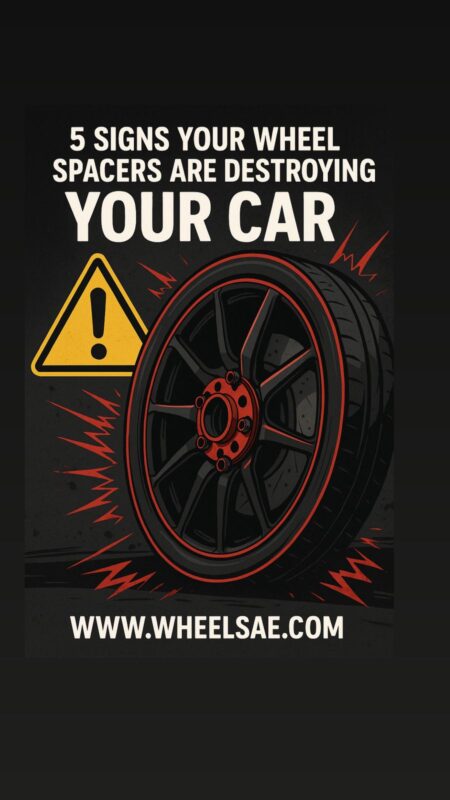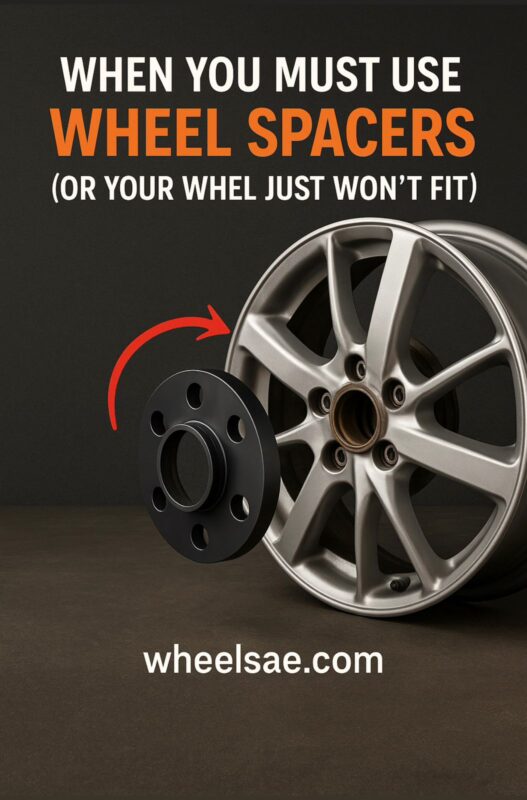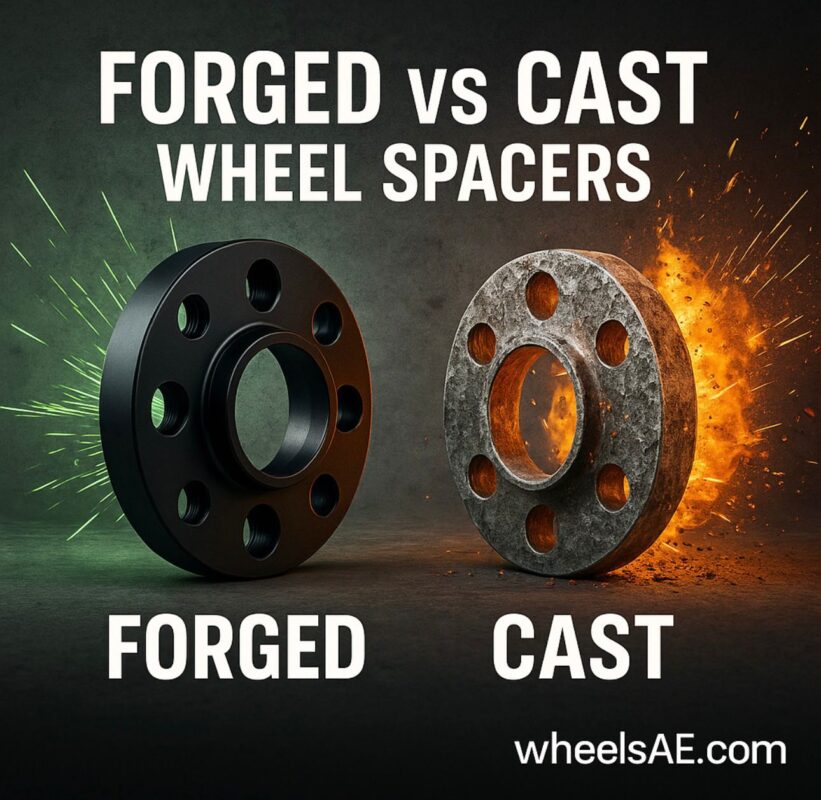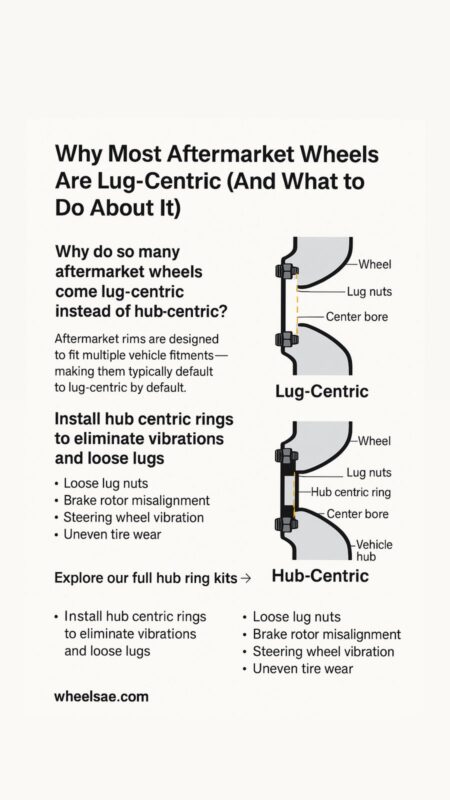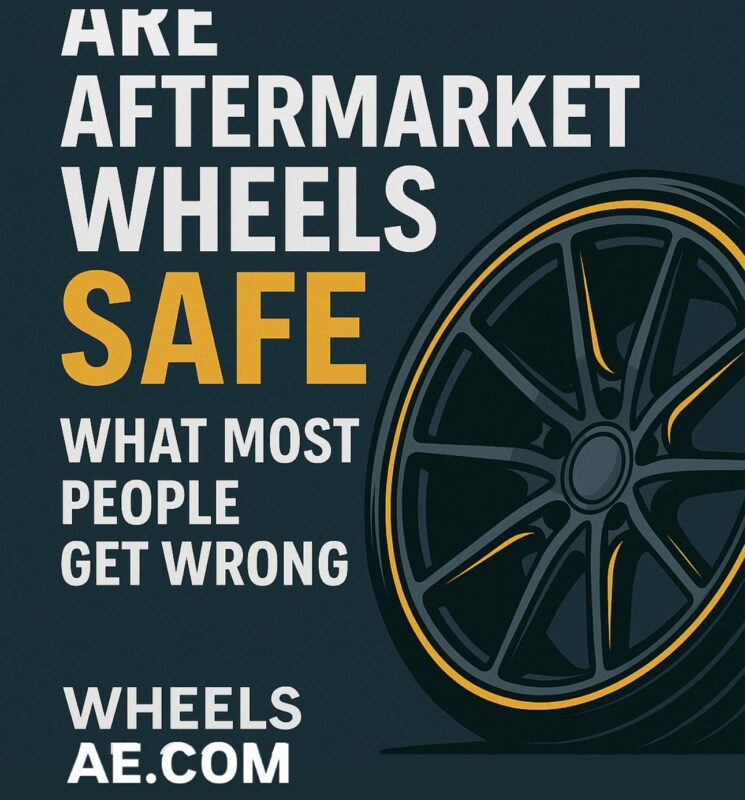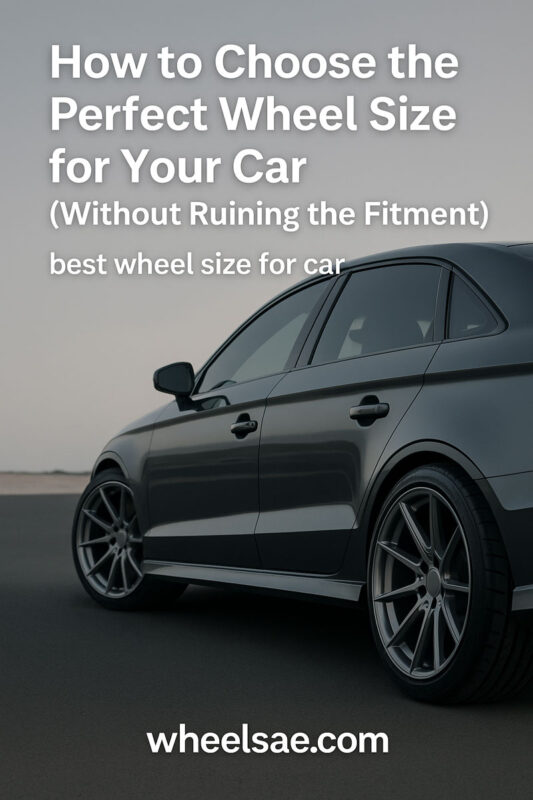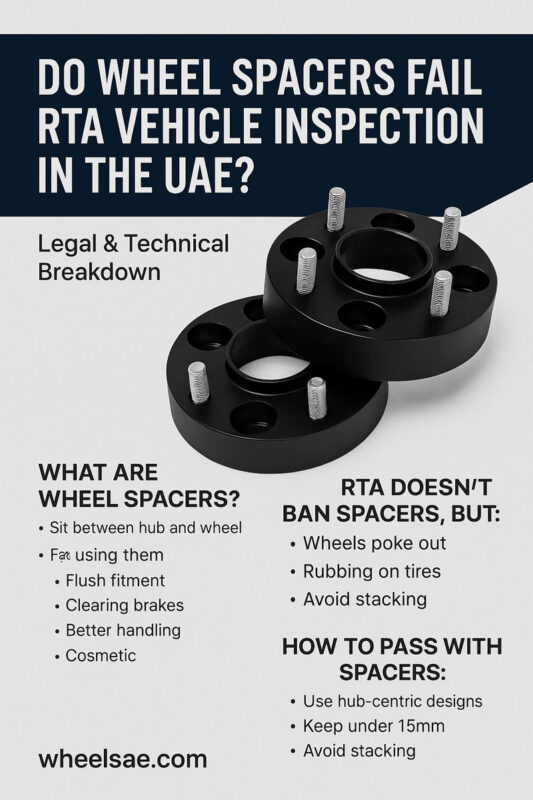Wheel Spacers: Are They Safe or Dangerous?
1. Introduction
Whether you’re chasing that aggressive stance or simply trying to fit aftermarket wheels, wheel spacers have become a popular upgrade. But here’s the big question:
Are they safe — or are you risking your wheels, suspension, and safety?
In this guide, we’ll break down everything you need to know: from benefits and myths to the hidden dangers you must avoid.
⸻
2. What Are Wheel Spacers?
Wheel spacers are metal rings that sit between your vehicle’s hub and the wheel itself. Their job is to push the wheel outward from the hub. The purpose? Achieving wider stance, clearance, or fitment correction.
They come in various thicknesses — from 3mm to over 50mm — and can drastically affect both performance and aesthetics.
⸻
3. Why Do Drivers Use Wheel Spacers?
• To give the car a wider stance
• To fit larger brake kits
• To avoid wheel rub on suspension or fenders
• To improve handling stability
• For visual impact – flush fitment looks aggressive
⸻
4. Types of Wheel Spacers: Slip-On vs. Bolt-On
Slip-On Spacers
🔧 Slide over your existing studs
🔍 Best for thin spacers (3mm–8mm)
⚠ May require longer studs for safe thread engagement
Bolt-On Spacers
🔧 Bolt to your hub, then your wheel bolts to the spacer
✅ Better for thick spacers (15mm–50mm)
💪 Often stronger and safer when installed correctly
⸻
5. Hub-Centric vs. Lug-Centric: What’s the Difference?
✅ Hub-Centric Spacers
• Perfectly center the wheel using the hub lip
• Reduce vibration, safer for daily driving
⚠ Lug-Centric Spacers
• Centered only by tightening the lug nuts
• More prone to vibration and misalignment
🚨 Always choose hub-centric for safety and comfort.
⸻
6. Pros of Using Wheel Spacers
• ✔ Improved handling by widening the track
• ✔ Fix brake clearance issues
• ✔ Flush wheel fitment for better aesthetics
• ✔ Cheaper alternative to buying new wheels
• ✔ Compatible with custom builds and lifted vehicles
⸻
7. Dangers and Common Misconceptions
Despite their benefits, wheel spacers can be dangerous if misused.
• ❌ Using spacers too thick without longer studs
• ❌ Installing lug-centric spacers on high-speed vehicles
• ❌ Cheap materials that crack or warp
• ❌ Poor torque application leading to wheel detachment
• ❌ Assuming spacers “fix” improper offset without side effects
⸻
8. Real-World Problems Caused by Poor Spacer Fitment
• Vibrations at high speeds
• Wheel wobble or uneven wear
• Stud shearing or hub damage
• Brake rotor warping
• Increased strain on wheel bearings
Many of these are caused by non-hub-centric spacers or cheap aluminum units that flex under load.
⸻
9. Do Wheel Spacers Affect Alignment or Handling?
➡ Slightly. A wider track can improve cornering stability, but it also:
• Alters steering geometry
• Changes scrub radius
• May increase wear on ball joints, hubs, or tires
That’s why precision and quality matter more than size.
⸻
10. Are Wheel Spacers Legal in the UAE?
In most cases, yes — but only if they meet safety standards:
• Must not cause fender rubbing
• Must not expose tire tread beyond the body
• Installation must not weaken structural components
• Some vehicle inspection centers may flag extreme setups
Tip: Stick with bolt-on, hub-centric spacers for road legality and safety in UAE.
⸻
11. Choosing the Right Spacer: Materials, Size, and Fitment
• Material: Aerospace-grade aluminum (6061-T6) preferred
• Size: Avoid going over 25mm unless necessary
• Fitment: Match your bolt pattern (e.g. 5×114.3), center bore, and thread pitch
Make sure the spacer is vehicle-specific or universal with precision rings.
⸻
12. Installation and Torque Tips
• Clean the hub face before installing
• Use anti-seize on bolts (if recommended)
• Torque to spec (usually 90–110 Nm)
• Use thread locker on bolts (for bolt-on types)
• Retorque after 100–200 km of driving
NEVER use impact guns to fully tighten spacers.
⸻
13. Maintenance and Safety Best Practices
• Recheck torque during tire rotation
• Inspect for cracks, corrosion, or loose hardware
• Avoid stacking multiple spacers
• Keep spacer surfaces clean to avoid imbalance
If you ever hear noise or feel vibration after installing spacers — stop and inspect immediately.
⸻
14. Final Verdict: Worth It or Not?
✔ If used properly, high-quality wheel spacers are safe
❌ If installed poorly or bought cheap — they can become dangerous
For off-road, stance, brake clearance, or track width – spacers are a powerful tool.
But they require precision, quality, and correct fitment.
⸻
15. FAQs
Q1: Are wheel spacers safe for daily driving?
Yes — if hub-centric and installed properly.
Q2: Can I use spacers with aftermarket wheels?
Yes, often necessary for correct offset or brake clearance.
Q3: Do spacers cause extra stress on suspension?
Yes, slightly — especially if too thick or low-quality.
Q4: What is the safest spacer thickness?
Under 25mm with bolt-on design is considered safe for most setups.
⸻
🔗 :🛠 Check our Hub-Centric Spacer Collection
⸻
🔗 :Learn more
⸻

